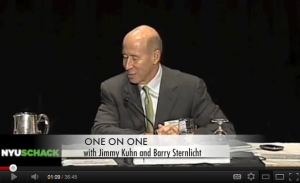“Not all residents want the same thing,” Conway says. “Listening to what our consumers want and wrapping them in a brand is going to help us grow.” AvalonBay hopes to attract younger consumers to its metropolitan “AVA” buildings… designed to be more youthful than other high-end AvalonBay buildings because they’re targeted to Gen Y residents, many of whom live with roommates in smaller, urban-style apartments.
Are your properties targeting specific demographics? Could you attract more tenants by marketing to a specific lifestyle? See the whole MFE article here: AvalonBay Launches Brands for Gen Yers, Suburbanites

